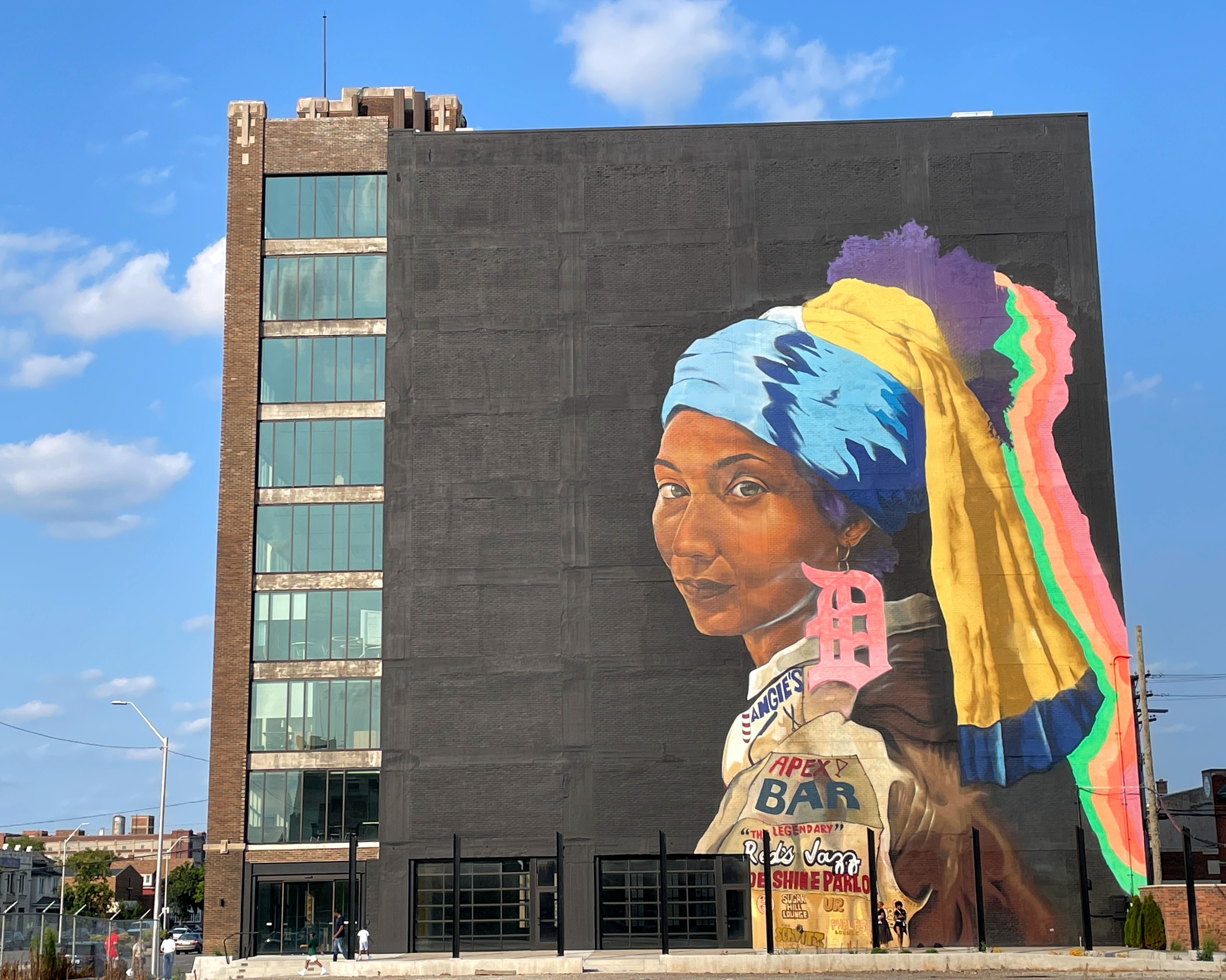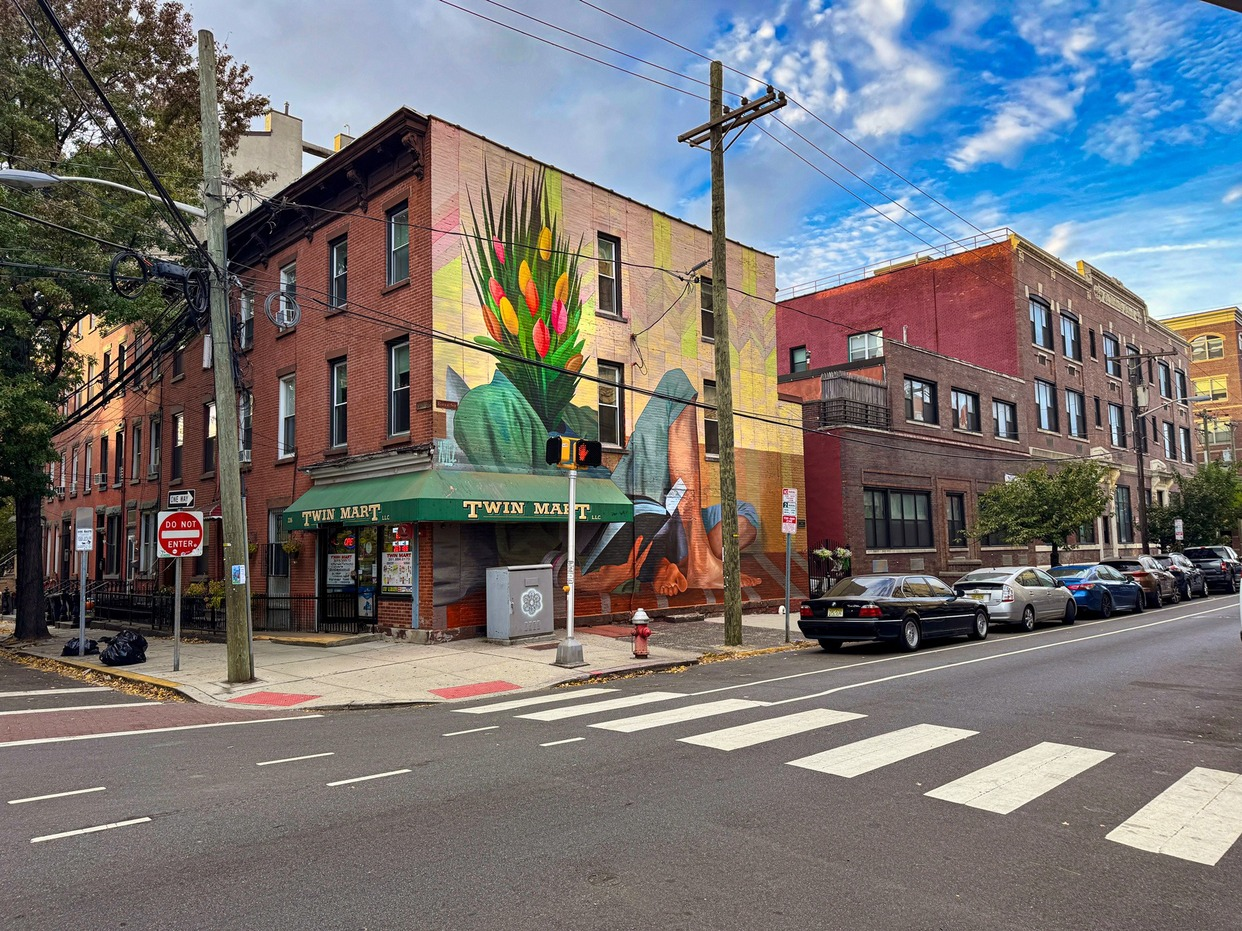Why Public Art Is Becoming Real Estate’s Smartest Investmentw
Walk through any vibrant creatively thriving city neighborhood and you’ll quickly notice how public art transforms more than just walls—it reshapes entire communities. Savvy real estate developers are recognizing that art is real estate: not merely decorative, but a catalyst for increased property values, higher foot traffic, and stronger community engagement. In a competitive market, public art can elevate a development from functional to iconic.
Public art isn’t just about aesthetics (though it certainly adds visual appeal). It creates spaces people connect with on an emotional and social level. A bold mural can help a new residential tower feel instantly woven into the fabric of a neighborhood or transform a mixed-use complex into a cultural destination. From large-scale residential developments to commercial and retail spaces, developers are discovering that art can have a real impact on their bottom line.

Art that appreciates in value
Public art contributes to rising property values. A study published by the Royal Society Open Science found that London neighborhoods with a high concentration of street art experienced significantly greater increases in residential property prices. In areas like Shoreditch and Dalston, art-driven revitalization coincided with sharp gains in real estate value. While correlation doesn’t imply causation, the message is clear: art-rich environments often become more desirable over time.
Tenants and buyers are increasingly willing to pay a premium for culturally vibrant surroundings. In London, street art has become more than just visual flair—it’s now viewed as an asset that enhances neighborhood appeal. According to research by the Affordable Art Fair, 84% of Londoners believe that street art boosts community spirit, reflecting how art in public spaces can strengthen emotional connections between residents and their environment.
Local impact: Silverman and Artez in Jersey City
In Jersey City, developer Silverman curated a mural by Serbian artist Artez directly across from their AndCo North property. The goal was to enhance the neighborhood’s aesthetics and offer residents and coworkers a beautiful, engaging view. The result? A striking landmark that adds cultural value to the area and strengthens community pride. Projects like this demonstrate how art can turn a building into a beloved destination.

Driving foot traffic and engagement
Public art draws people in. Studies show foot traffic can triple in areas with murals compared to those without. In commercial districts, this can translate to a 43% increase in visitors, directly benefiting ground-floor retail and creating an energetic, safe atmosphere for residents.
Neighborhoods like Miami’s Wynwood have seen explosive growth thanks to public art. Once a quiet industrial zone, Wynwood now attracts over a million visitors annually. Similarly, Jersey City’s Mural Arts Program has facilitated over 200 murals, revitalizing public spaces, deterring graffiti, and making the city a magnet for art enthusiasts.
Building community pride and identity
Beyond numbers, public art fosters a sense of identity and pride. It tells the story of a place, reflects its cultural heritage, and invites dialogue. Jersey City's mayor describes public art as a shared experience and a symbol of the times. Developers like Silverman note how murals change perceptions, spark conversations, and deepen community connections.
A differentiator for developers
In a crowded market, public art can set a property apart. It transforms a development into a landmark and establishes a unique identity. In Manhattan, the residential tower 3Eleven integrated original artwork to enhance its appeal and create a memorable experience for residents. Douglaston Development, the project’s developer, saw this investment in art as a means to differentiate and enrich the living experience.
Even in commercial settings, public art has proven its value. Lee Brodsky, CEO of BEB Capital, installed a 15-foot lighthouse mural on a suburban office building to boost its curb appeal. He credits the mural with giving the building a “cultural cachet” that attracted tenants. In his words, “If we didn’t have art, people would walk in and say, ‘This is very nice, but I’d rather work from home or stay where I am.’” That mural made the difference between a vacancy and a waiting list.

Investing in public art: a smart move for developers and communities
Investing in public art isn’t just a feel-good gesture—it’s a smart business move that can turn buildings into beloved landmarks and developments into vibrant communities. The numbers back it up, and the success stories prove it out. As the saying goes, art feeds the soul—and in this case, it can also feed your bottom line. If you’re looking to enhance your next project in a meaningful, memorable way, consider letting art take the lead. Your property, your community, and your investors will all be better off for it. It’s time to paint the future of real estate with bold colors—and watch the value rise.
Discover how CANVS is documenting public art worldwide—making it easier to explore murals, connect with artists, and witness how street art can transform any development into a cultural destination.


